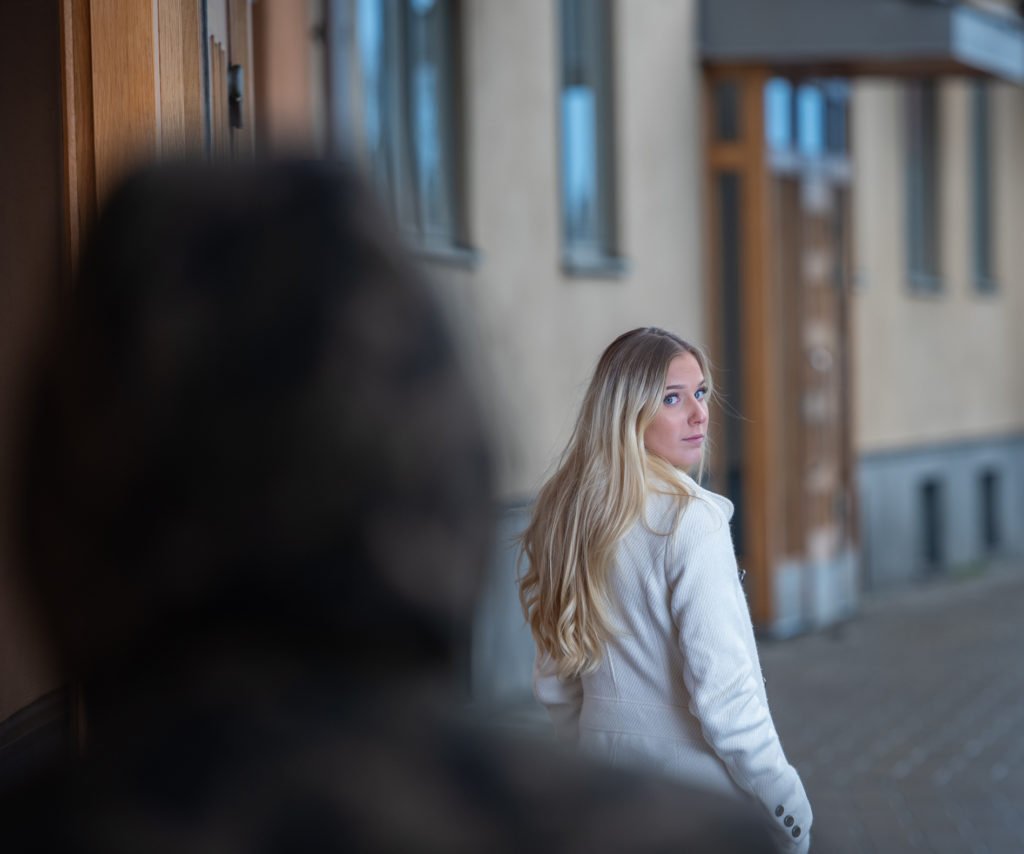Stranger Danger: The Myth of Women's Self-Defense
Three years ago I arranged to host a Personal Protection clinic at my local gym for family and friends. I imagined we would learn tools and skills to fight off “bad guys.” Everyone put in serious work, and when it was over we had some bruises to brag about. But it was Coach Stark’s approach to self-defense that stayed with me the longest. He dropped a truth bomb that day: most violence, especially involving women and children, doesn’t come from a stranger lurking in the bushes. It will almost always occur at the hands of someone we know... someone in our home or intimate circle.
It dawned on me that I had fallen prey to the myth of “Stranger Danger.” Women and others in greatest need have been conditioned to think that a weekend class or even weekly lessons in self-defense will make us impervious to harm. Everyone will know we’re ninjas, and we’ll never need to worry again! It’s certainly more comfortable to believe that only someone we don’t know would dare cause us pain or harm. The idea that a spouse, partner, parent, loved one, friend, or co-worker could hurt us or worse yet, one of our children, makes your stomach clench doesn’t it? Here’s another simple truth: someone reading this has already experienced this reality.
A simple Google search will set the record straight when it comes to Stranger Danger versus Interpersonal Violence. Here are the hard facts for North Carolina alone:
● 35.2% of North Carolina women and 30.3% of North Carolina men experience intimate partner physical violence, intimate partner sexual violence and/or intimate partner stalking in their lifetimes.
● In North Carolina in 2020, there were 91 intimate partner homicides.
● Between 2010 and 2016, North Carolina had 745 domestic violence-related homicides.
Nationally, the U.S. Department of Justice reports that:
73% of sexual assaults are perpetrated by a non-stranger
28% by an intimate partner
7% by a relative of the victim
In addition, more than 50% of all rapes and sexual assaults take place within one mile of the victim’s home or at their home, with four in ten of these occurring in the victim’s home (U.S. Department of Justice, Bureau of Statistics,1997).
These statistics don’t even begin to address violence and abuse against children, emotional and psychological abuse, or teen dating violence.
Does this mean self-protection classes are a waste of time and money? Absolutely not! After hosting the clinic, I became a certified coach (you can too) and began teaching self-protection classes in my city. Along with Coach Stark, I helped found Firebrand Alliance, an organization committed to teaching skills that get to the heart of violence, abuse recognition, intervention, survival, and even healing from past traumas.
It’s critical to understand that the needed self-defense skills for most women and children go far beyond learning how to knee or elbow someone. These skills should pour into every area of your life by guiding you in practicing the dynamics of healthy relationship skills daily. What better way to recognize when something is out of sorts? Or to train our intuition? Let’s not forget that by doing this, we educate our children, not only by what we say but by what we do. Your toolbox will be brimming with relationship skills and the physical skills necessary to respond to predatory behavior. You’ll be assured that when you encounter predatory behavior, you’ll recognize it rather than second-guessing yourself. You’ll develop a mindset that says, “I’m worth fighting for. I deserve to be treated with respect, and taking action is creating a safe space for myself and my family.”
In the past three years, we’ve worked hard to develop an approach to self-protection focused on risk reduction, intervention, event survival, and restoration. This approach is focused on building enforceable boundaries and willingly enforcing them, and communicating clearly and unapologetically. It is also focused on taking ownership of self-doubt, vulnerability, and creating new perspectives about yourself. It’s also about healing low self-worth by dealing with past traumas, forgiving yourself, and moving from victim to victor; taking steps to build awareness, listening to your intuition, and developing plans of action; taking authoritative action when you see predatory behavior in relationships around you, as early as possible.
When you approach self-protection from a holistic view, it encompasses so much more than hitting a stranger in the nose. It should incorporate everything from the psychological to physiological needs. Don’t settle for less. You are worth it!
Written by Coach Marcy Grady and Coach Sean Stark


